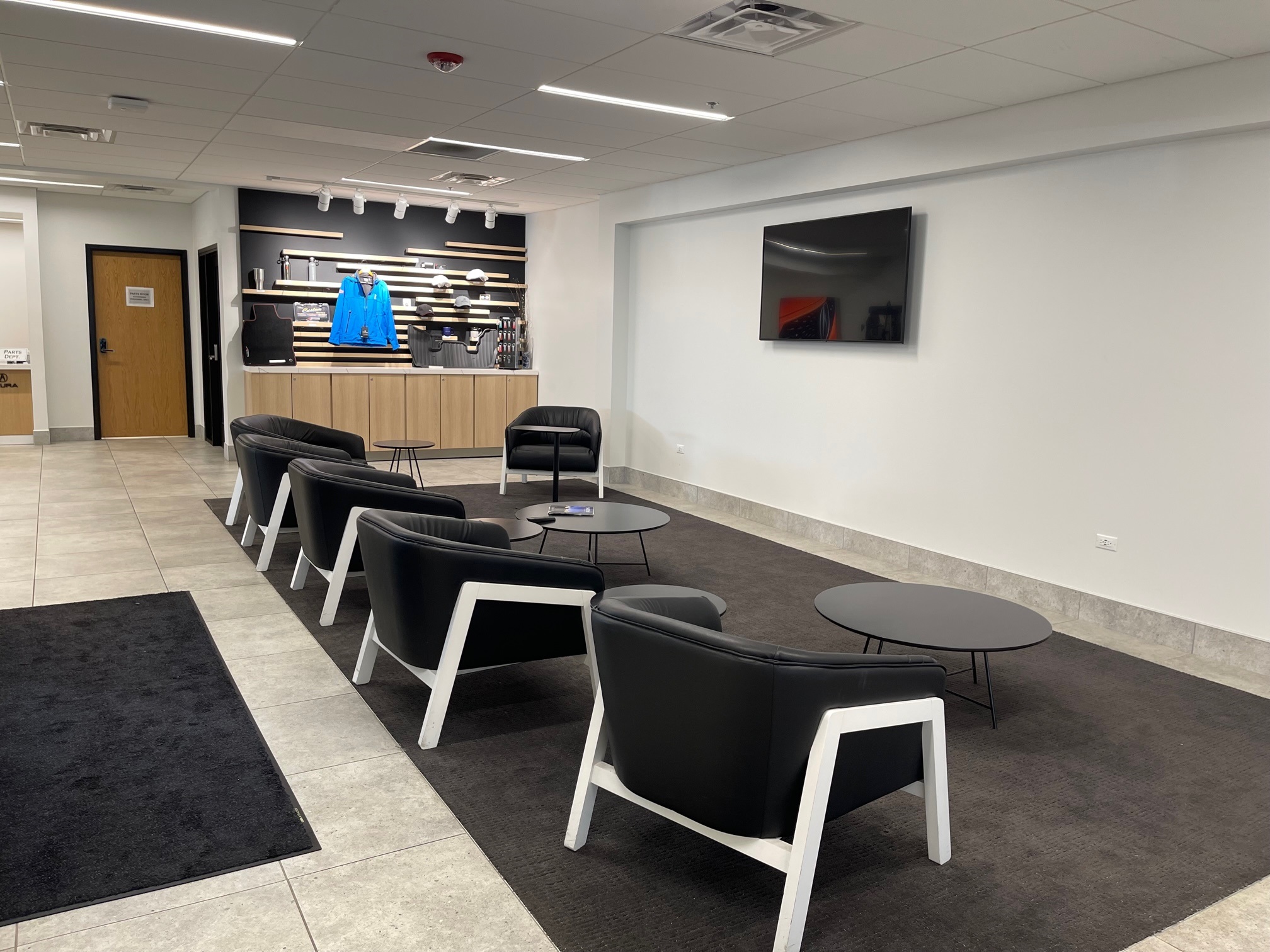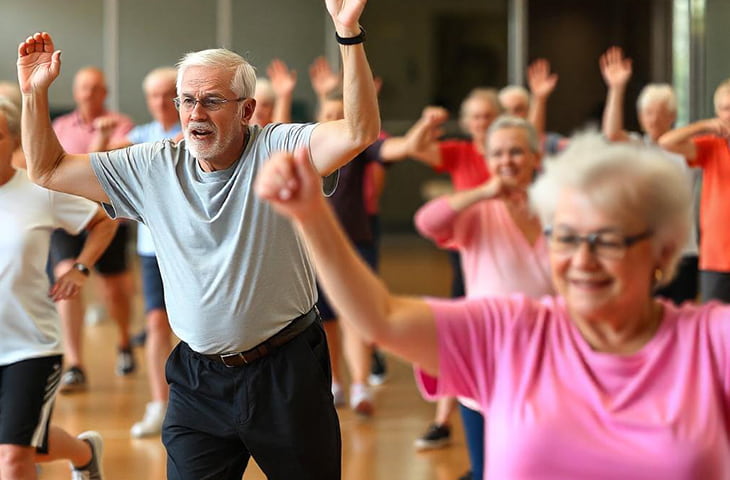Baby Boomers Are the Future of Hospitality: How to

Baby Boomers are a potent market segment. With more free time and disposable income at their disposal compared to other demographics, they frequently travel, dine out, and seek new experiences.
The issue of falls among older adults is a serious concern that can have significant consequences on their overall health and independence. Many seniors fear falling, which can often limit their activities and negatively impact their quality of life. However, physical therapy is a proactive approach that can significantly reduce the risk of falls and help seniors stay safe and healthy. Falls are a threat to the health of older adults and can reduce their ability to remain independent. However, falls don’t have to be inevitable as you age. You can reduce your chance of falling or help a loved one prevent falls. CDC Physical therapy focuses on improving balance, strength, and flexibility, all of which are essential to preventing falls and promoting overall well-being. By participating in physical therapy, seniors can regain control over their mobility and reduce their fear of falling. This proactive approach empowers seniors to actively participate in their fall prevention journey and maintain a fulfilling lifestyle. Let’s take the first step towards a safer future for our seniors by exploring the common factors contributing to falls and discovering how physical therapy can address these risk factors effectively. Table of Contents Understanding Fall Risks and Causes Exploring the Common Factors Contributing to Falls: Age-related Changes and Their Impact on Balance and Mobility: Medical Conditions and Medications That Increase Fall Risks: The Role of Physical Therapy in Fall Prevention Assessing Individual Needs Through Comprehensive Evaluations: Developing Personalized Fall Prevention Plans: Techniques and Exercises for Improving Balance, Strength, and Flexibility: Enhancing Balance and Stability Balance Exercises to Improve Postural Control: Gait Training to Promote Steady and Coordinated Walking: Utilizing Assistive Devices for Added Stability: Strengthening Muscles and Bones Resistance Training for Building Muscle Strength Weight-bearing Exercises to Improve Bone Density The Role of Proper Nutrition in Maintaining Healthy Bones Improving Flexibility and Range of Motion Stretching Exercises for Maintaining Joint Mobility Flexibility Routines to Enhance Agility and Prevent Stiffness Benefits of Flexibility for Fall Prevention: Enhancing Environmental Safety Home Assessments to Identify Potential Hazards Recommendations for Assistive Devices and Modifications Education and Training on Safe Movement and Fall Prevention Strategies Collaboration with Caregivers and Family Members Sharing Information and Insights Developing and Implementing a Coordinated Care Plan Regular Communication and Feedback Empowering Seniors: The Vital Role of Physical Therapy in Fall Prevention Understanding Fall Risks and Causes In order to effectively prevent falls among seniors, it is crucial to have a comprehensive understanding of the underlying risks and causes that contribute to these incidents. By identifying these factors, we can implement targeted strategies and interventions to minimize the risk of falls and promote safety and well-being for older adults. Exploring the Common Factors Contributing to Falls: Fall risks stem from a combination of intrinsic and extrinsic factors. Intrinsic factors encompass age-related changes, including diminished balance and mobility, sensory impairments, and chronic health conditions. Extrinsic factors, on the other hand, refer to environmental hazards, such as uneven surfaces, poor lighting, and cluttered pathways.


